
Abstract
We present a study of the forces during free-surface water entry of spheres of varying masses, diameters, and surface treatments. Previous studies have shown that the formation of a subsurface air cavity by a falling sphere is conditional upon impact speed and surface treatment. This study focuses on the forces experienced by the sphere in both cavity-forming and non-cavity-forming cases. Unsteady force estimates require accurate determination of the deceleration for both high and low mass ratios, especially as inertial and hydrodynamic effects approach equality. Using high-speed imaging, high-speed particle image velocimetry, and numerical simulation, we examine the nature of the forces in each case. The effect of mass ratio is shown, where a lighter sphere undergoes larger decelerations and more dramatic trajectory changes. In the non-cavity-forming cases, the forces are modulated by the growth and shedding of a strong, ring-like vortex structure. In the cavity-forming cases, little vorticity is shed by the sphere, and the forces are modulated by the unsteady pressure required for the opening and closing of the air cavity. A data-driven boundary-element-type method is developed to accurately describe the unsteady forces using cavity shape data from experiments.


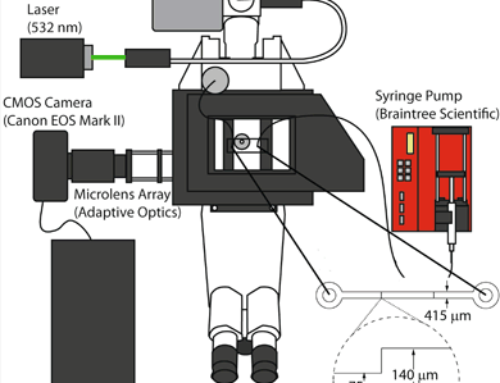
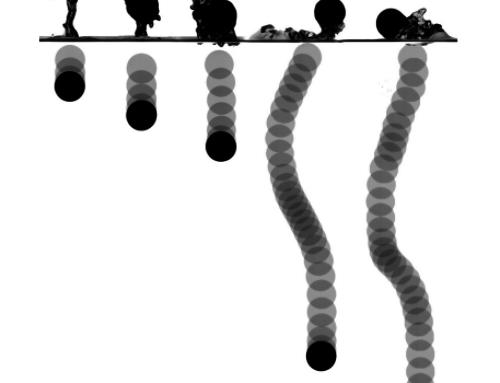


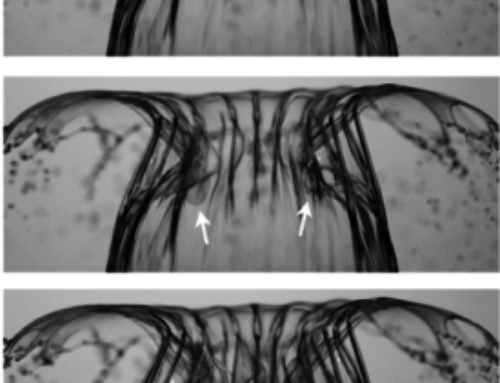
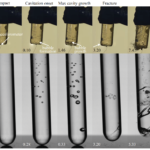
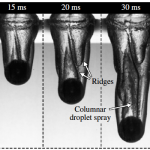
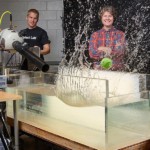
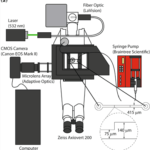
Recent Comments